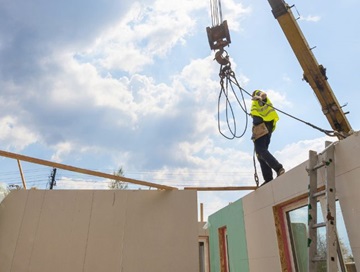When purchasing or living in a strata-titled property, understanding the boundaries of ownership is crucial — and it all starts with reading your strata plan.
A strata plan is the legal document that outlines the division of a property into lots and common property. It details what each individual owner is responsible for, and what is maintained by the strata company.
Why it matters
Many property owners are surprised to learn that what they assumed was ‘theirs’ is actually common property — or vice versa. Misunderstanding the boundaries can lead to confusion about who pays for maintenance, who can make changes, and what approvals are needed.
Features like walls, floors, ceilings, balconies, and even windows can vary in responsibility depending on the strata scheme. Without correctly interpreting the strata plan owners may wrongly assume they're allowed to renovate or fail to maintain elements they’re legally responsible for.
Common property versus owner responsibility
Lot Property - owner responsibility
- Typically includes the internal walls, fixtures, fittings, and finishes of the unit.
Common Property - strata responsibility
- Usually includes external walls, roofs, driveways, gardens, stairwells, and shared facilities.
But not always...
This this can vary significantly between schemes. That’s why it’s essential to refer to the registered strata plan and accompanying by-laws.
If you're unsure ask for a copy of the strata plan from your agent, strata manager, or Landgate.
It's a small step that can save a lot of stress and potential disputes in the future.
.tmb-imgwidgetm.jpg?sfvrsn=5896a3e4_1)









